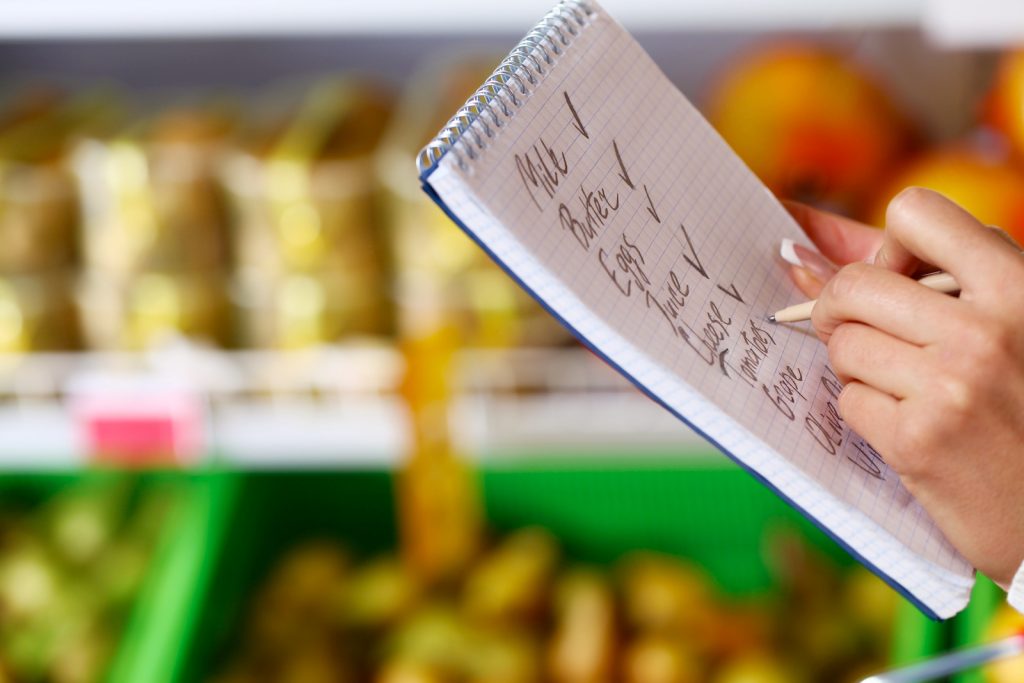In the event of a national emergency, it’s possible that you could make your trip to the grocery store only to see that the shelves have been practically depleted. While the messaging in our grocery stores and from our advertisers tells us that our food supply is endless, this is not the case, and we have to be prepared for the worst. This will also protect you from food pricing surges in crisis times. Below, we’ve outlined an essential non-perishable food list great for emergencies, separated by their shelf lives.
1-2 years
● Loose Tea (unopened)
● Tea bags
● Juice (12 months)
● Instant coffee (1 year)
● Vinegar and White Wine
● Vinegar and red wine
● Balsamic
● Apple Cider vinegar
● Salsa
● Salad Dressing
● Pickles
● Mustard
● Maple Syrup
● Ketchup
● Jelly
● Jam
● Barbeque Sauce
● Jasmine Rice
● White Rice
● Basmati Rice
● Tomato Sauce
● Sun dried tomatoes
● Applesauce
● Oatmeal
● Lentils
● Jerky
● Dried fruits
● Spices: Thyme, savory, sage, rosemary, parsley, oregano, onion powder, nutmeg, ginger, garlic powder
● Basil
● Bay leaves
● Allspice
● Vegetable spray
● Canola oil
● Olive oil
● Molasses
● Powdered milk
● Condensed milk
● Cocoa
● Chocolate Chips
● Canned Spaghetti
● Semi sweet chocolate chips
3-5 years
● Iced tea mix
● Soy Sauce
● Hot sauce
● Pasta
● Soups
● Canned meats (tuna, chicken, salmon)
● Canned Beans
● Beef Broth
● Coriander seed
● Ground cloves
● Cumin
● Cinnamon Sticks
● Black pepper
● Dried lentils and legumes
5-10 years
● Soft grains like barley, quinoa, rye, and grits can last 8 to 10 years if you package them with oxygen absorbers.
● Dehydrated fruits
● Dehydrated veggies
● Freeze dried corn
● Peanut butter
10+ years
● Vanilla extract
● Powdered sugar
● Granulated sugar
● Brown sugar
● Salt
● Honey
● Hard grains like buckwheat and millet can last to the 10-12 year mark if you store them with an oxygen absorber.
● White Rice
● Hardtack
● Flour (unground)
● Dry Pasta
● Ramen noodles
● Potato flakes
● Pemmican
Once you’ve figured out which foods you want to have in your stockpile, it’s important to consider where to store them, as this can either help or hurt their shelf lives. The most important factor is temperature; you would ideally want to store all of your food in a space that remains around 70 degrees Fahrenheit or lower. Hot temperatures will make your foods spoil much more quickly. It’s also ideal for your storage space to be an area that doesn’t get any direct sunlight. It should also be as dry as possible. These spaces typically come in the form of basements, spare bedrooms, closets, or even under beds. Avoid sheds, garages, or attics that will heat up during the summer. Preppers also recommend that you use a space that is private for security purposes; it’s best for only you and your family to know what your stockpile looks like and where it’s located.
Whether you already have a food stockpile or you are just getting started, we hope this non-perishable food list will give you a better idea of what foods to invest in and how to make them last!




